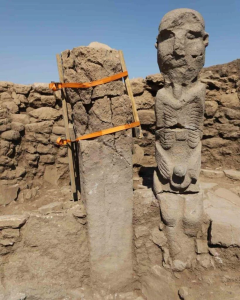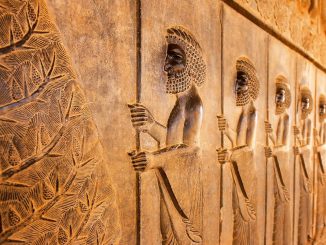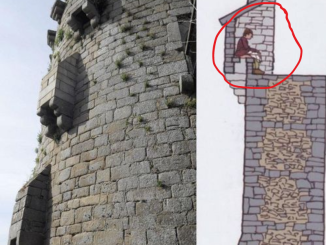
Here you will find the oldest sculptures and art in human history.
The 11,500-year-old Göbeklitepe site is not only home to the world’s oldest religious relics but is increasingly attracting the attention of tourists. And in 2021, it was visited by a total of 567,453 people, completely breaking its previous visitor record despite the impact of the pandemic.


Located 15 km northeast of Şanlıurfa, near the village of Örencik, Göbeklitepe has attracted both domestic and foreign tourists since its discovery. Furthermore, in 2018 it was included on the UNESCO World Heritage list, leading to an increase in tourism, providing new knowledge about the Neolithic period. In addition, it is expected that the number of visitors will continue to increase in 2022.
A new look at the Neolithic: Göbeklitepe
Built dozens of centuries before the invention of writing and the wheel, 7,100 years before the Egyptian pyramids and 6,100 years before Stonehenge, Göbeklitepe tells a story dating back to 9,600 BC. This site changed the story about Neolithic hunter-gatherer communities because it provided compelling evidence that these societies were more advanced than previously thought.
The T-shaped monuments that make up Göbeklitepe are up to 5.5 meters high and are the first example of man-made monumental architecture. Carved in flint at a time when metal tools were not yet in use and featuring geometric shapes, animal motifs and human figures, these monuments are reminiscent of a myth, for It is clear that this place was once a center of worship.
Additionally, they are notable for being the world’s oldest sculptures and the oldest works of art in human history. These are also the first examples of the transition to settled life, demonstrating that Neolithic communities were socially organized and that they met for religious purposes.








